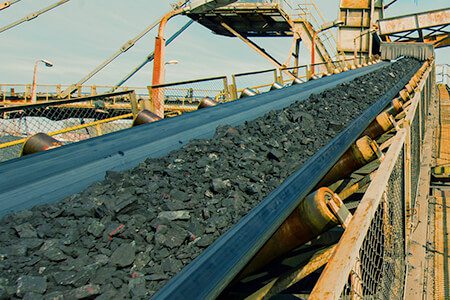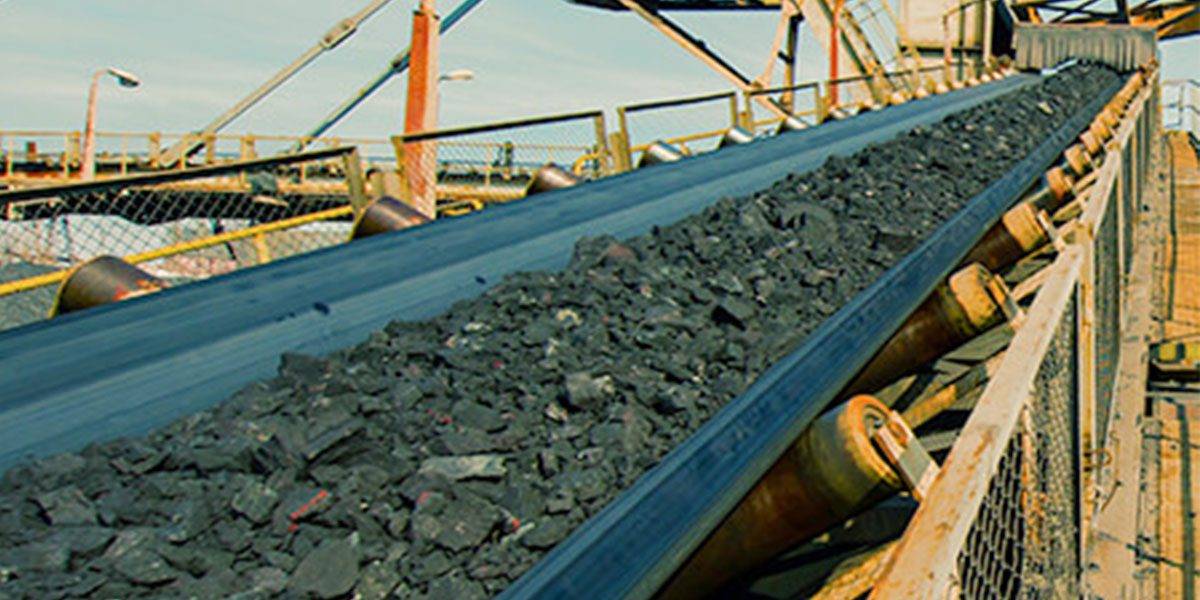Boosting Efficiency in Bulk Materials Handling Operations
In facilities that handle high volumes of bulk solid materials, implementing strategies to optimize material flow and equipment uptime is key to improving productivity. Here are some tips for enhancing efficiency in bulk materials handling:

Analyze bottlenecks.
Closely study each step of your process to identify bottlenecks limiting throughput. Look for outdated equipment, lagging conveyors, mismatched rates, spillage points, and other constraints. Addressing bottlenecks allows smoother overall operation.
Select optimal conveyor belting.
Match belt specs like strength, troughing, and surface friction to the material type. Upgrade to modern belting like chevron cleated, interlocking belt that handles inclines better and reduces rollback. Proper belting improves conveying capacity.
Use automated monitoring and analytics.
Sensor systems and plant data analytics provide real-time visibility into conveyor status, material levels, motor faults, and other metrics. This enables identifying issues early and predictive maintenance.
Implement strategic maintenance.
Schedule comprehensive belt inspections and replace worn components proactively during planned downtime. Train personnel on proper belt tracking, tensioning, and maintenance. This minimizes unplanned stoppages.
Upgrade conveyor drives.
Older external drive systems have more components and wear points. Compact modern options like motorized pulleys integrate the motor for lower maintenance. Variable speed controls optimize belt velocity.
Design efficient material loading and transfers.
Strategic hopper and chute placement, vibratory feeders, and use of loading spouts reduces spillage and dust generation during material loading. Smoother transfers mean less product loss.
Enclose conveyors where possible.
Covering transfers and installing dust suppression systems contains dust and fines. This improves worker safety and material recovery. Reduced dust also lowers risk of ignition in flammable materials.
Ensure proper belt cleaning and maintenance.
Belt scrapers, plough cleaners, and brush cleaners must be maintained for top performance. Clean belts reduce carryback, spillage, and wasted product.
Reclaim spilled materials.
Use skirtboards, catch pans, and diversion plates across the system to reclaim spilled material. Reusing this product positively impacts efficiency metrics.
Optimize conveyor capacity.
Match the belt capacity to the application throughput needs, while allowing room for future increases in production. Overloaded conveyors lead to problems.
By applying these best practices, facilities can achieve substantial gains in system reliability, material throughput, and productivity in their bulk materials handling processes. This in turn translates to reduced costs and improved profitability.
Optimize your bulk material handling with Lakhotia India’s expertise. Our conveyor belt engineers design durable, high-capacity systems for your application. Contact us today to improve efficiency and productivity


